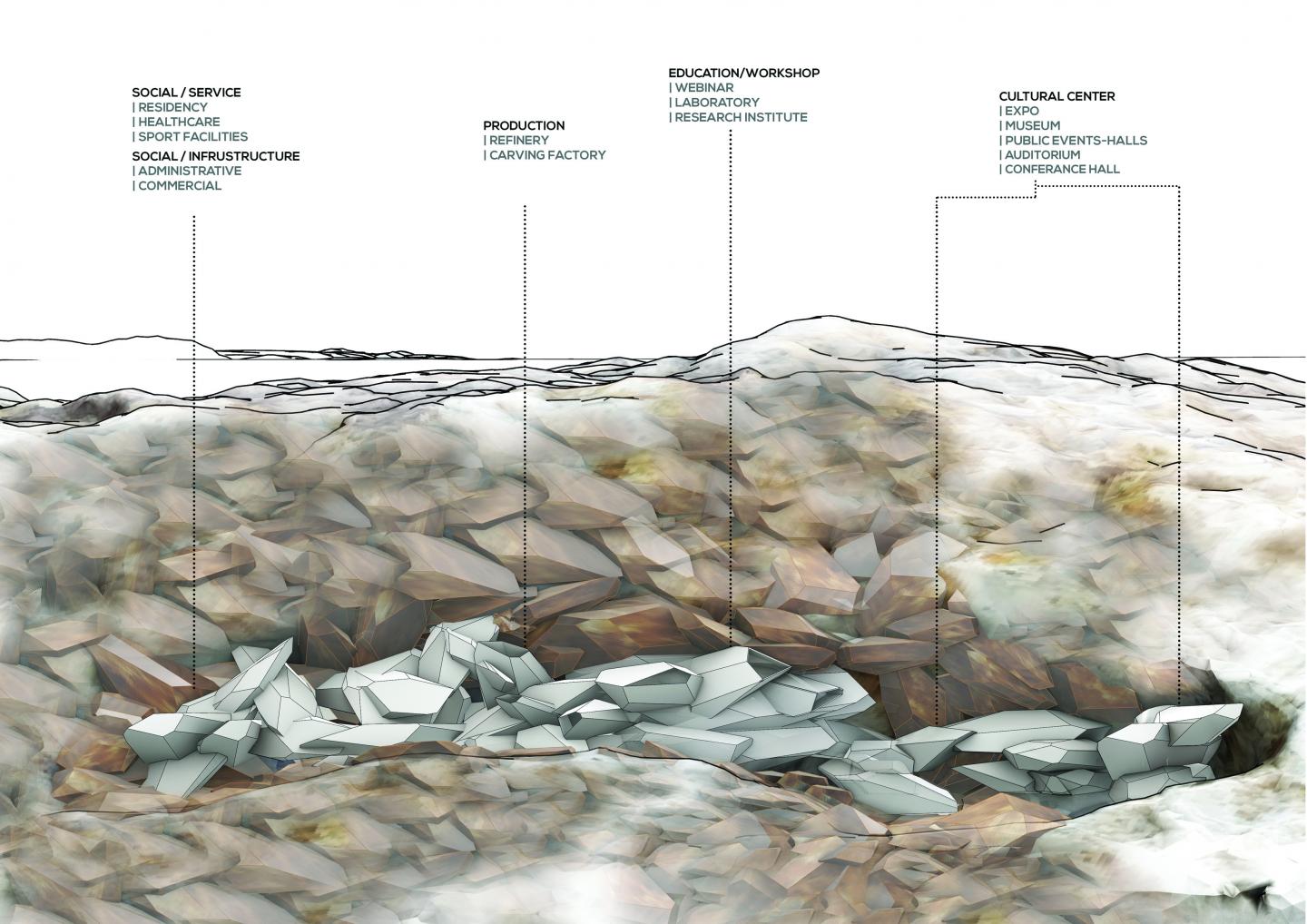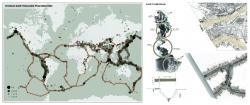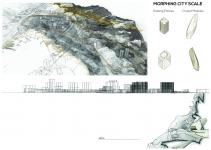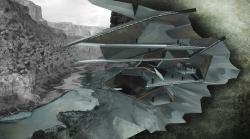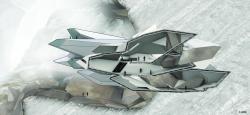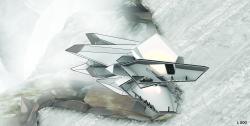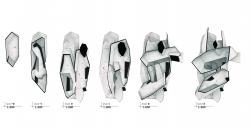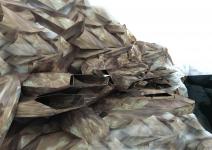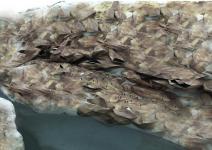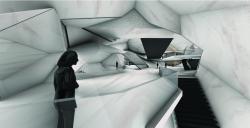Cities have always been in danger of destruction when it comes to highly magnitude earthquakes happen. The question is why some cities, like Skopje Capital of Macedonia, are countering this in a high degree. Skopje has faced many disastrous earthquakes through history, made the city nearly to the ground. The earthquake in 1963 almost left nothing to the city except scattered remnants of the urban fabric. The possibility of another enormous earthquake hitting this historical city has never been diminished.
The condition is deeply hidden to the shrines of Faults underlying the city. They are passing through the center of the city in continuation of the trail that passes from the city of Istanbul. The city would be divided into many tectonic plates tracing the lines of fault. Thus, exploring the conditions through speculation about the possible future of the city, exposing the Faults that create the new topology of the land in the city is practiced as my design intention. A fault exposing as an enormous land crack would possibly leave nothing behind in the city. Proposing another City Wall and City Gate as Kenzo Tange’s post-earthquake city plan will not be the same mantra, albeit. The topology of the land potentially creates the safest place to form new urban settlement within itself. The condition creates its own architecture within the cracks as already built forms[objet trouve].
Crystallization is the natural process of rock formations that are studied in this case and algorithmically speculated their behavior to expose the natural formation and creating their own architecture. Each crystal being conceived as a new urban entity taking reference from the existing urban fabric is a design strategy to realize the city scale.
2018
2019
Location: Skopje
Individual Project
Supervisors: Ayşen Savaş | Arzu Gönenç Sorguç
Favorited 4 times
